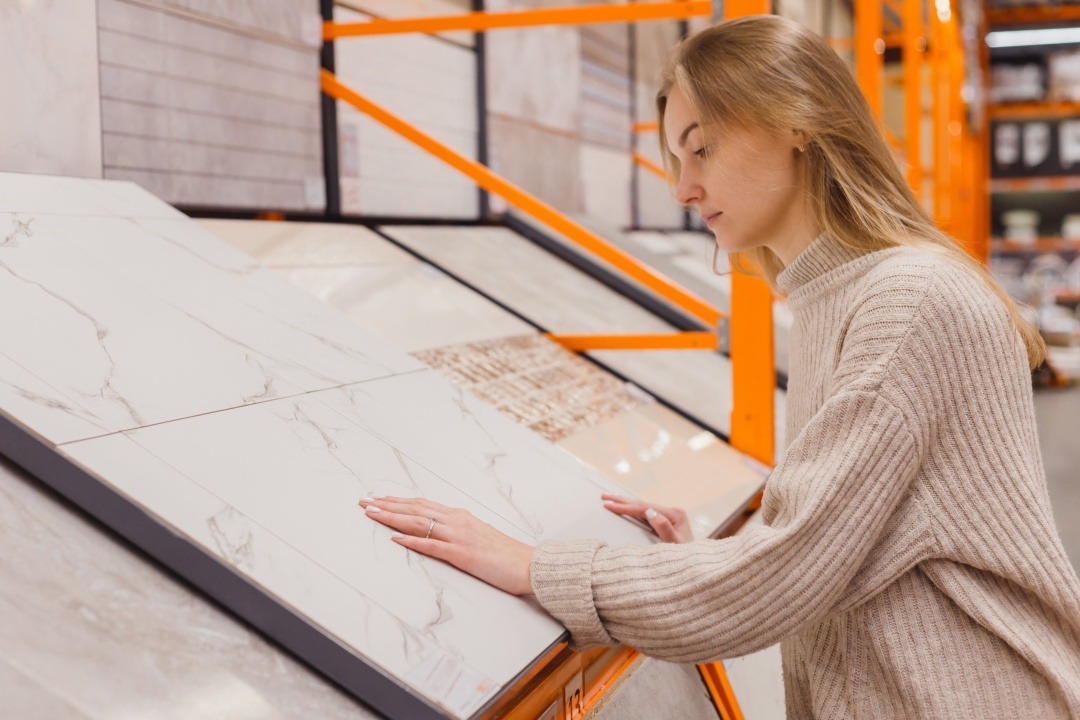Marble has been a type of natural stone that has been used and admired since the earliest periods of human history. With its durability, aesthetic beauty and diversity, the use of marble has become indispensable for many civilizations. In this long period from ancient times to the present day, the role and importance of marble has constantly changed, but it has always had a high value.
Use of Marble in Ancient Period:
In ancient times, marble was widely used, especially for architectural structures and sculptures. Especially during the Ancient Greek and Roman periods, marble was largely preferred in the construction of important structures such as temples, monuments, theaters and columns. During these periods, the purity and durability of marble and the elegance of white were among the reasons why architects and sculptors preferred it.
Architectural structures:
Ancient Greece: During the ancient Greek period, temples, theaters and monumental structures were generally built of marble. The Parthenon temple is one of the best examples of Greek architecture and is largely made of white Pentelic marble.
Roman Empire: During the Roman period, the use of marble became more widespread. Structures such as forums, amphitheatres, and public buildings in Rome showcased the elegance and durability of marble.
Sculpture art:
Ancient Greek and Roman sculptors used marble as a primary material. Many works, from god and hero figures to portrait sculptures, are made of marble. Ancient Greek sculptures, in particular, are works in which human anatomy is skillfully handled and emotions and movements are skillfully expressed.
Symbolic and Ritual Use:
Marble altars and statues were used in temples and religious rituals. These works were made in honor of the gods and goddesses and played an important role in religious worship. In addition, monumental structures and statues represented power and magnificence and increased the prestige of the society among the public.
City and Imperial Buildings:
In ancient cities and imperial buildings, marble became a symbol of luxury and wealth. Palaces, forums and baths were decorated with marble and reflected imperial grandeur. Particularly large buildings such as the Colosseum in Rome were used to show off the size and magnificence of marble.
The Place of Marble in Art and Sculpture:
In ancient times, marble also played a major role in art and sculpture. Famous sculptors have won the admiration of humanity throughout the ages by engraving their immortal works on marble. From Ancient Greece to the Roman Empire, the intricate details and aesthetic beauty of marble sculptures have gained a unique place in the history of art.
Ancient Greek and Roman Sculptures:
Ancient Greek sculptors skillfully carved gods and goddesses, mythological figures and idealized human figures in marble. In particular, famous sculptors such as Myron, Phidias and Praxiteles used the aesthetic potential and workability of marble at the highest level.
During the Roman Empire, sculpture evolved into a more realistic style. The portrait sculptures are expertly crafted in marble to reflect realistic portraits of emperors and nobles. For example, the Augustus Prima Porta statue of Augustus is one of the most important works of the Roman sculpture tradition.
Aesthetic and Anatomical Fineness:
Marble has been an ideal material to reflect sculptors’ detailed anatomical studies and emotional expression. The intricate details in the sculptures emerged through the skillful processing of various parts of the human body. In particular, the translucent nature of marble allowed the use of light and shadow effects in sculptures.
Marble as a Means of Expression of Art:
Marble was used as a tool for artists to express their feelings and thoughts. Expressive power and emotional depth are masterfully reflected through the carvings and shapes on the surface of the marble. Artists have viewed marble as a substance to reveal the essence of a potential figure within a block.
Timelessness and Durability of Marble:
Marble is known for its durability and long-lasting structure. Many marble sculptures and works of art from ancient times to the present day have remained almost unchanged despite the effects of time. This feature has increased the value of marble as a timeless material in the art world.
Its Place in Modern Art and Sculpture:
Nowadays, modern artists and sculptors they prefer marble for aesthetic expression and emotional depth. In addition to traditional techniques, modern approaches and styles are also used in marble sculpture. Marble maintains an important place in the art world and sculpture and will continue to be preferred by artists in the future.
Marble remains an important material in the world of art and sculpture. Its aesthetic beauty, durability and workability are the main reasons why artists and sculptors prefer this special material.
Value of Marble in Architecture and Engineering:
The durability and workability of marble has provided a significant advantage in architectural structures and engineering projects. Since ancient times, marble has been used in many building elements such as columns, domes, walls and decorations. These structures have become indicators of humanity’s engineering achievements, preserving their elegance and magnificence even over time.
Modern Uses of Marble:
Today, the use of marble is not limited to architecture and sculpture. In interior design, marble floors, countertops, wall panels and decorative objects are frequently used. In addition, it is common for marble to be preferred as a prestigious material in many areas such as commercial buildings, hotels, restaurants and luxury residences.

Interior Design and Decoration
Floor Coverings: Marble is preferred as a luxurious and elegant floor covering material. It is used in many areas such as living rooms, bathrooms and kitchens.
Countertops and Sinks: Marble, which is widely used in kitchen and bathroom countertops and sink units, provides elegance and durability.
Wall Coverings: Marble, which is also used as wall covering in interior spaces, adds a sophisticated atmosphere to the rooms.
Furniture and Decoration Products: In modern furniture design, marble is frequently used in coffee tables, tables, lamps and decorative objects.
Architectural Buildings and Exterior Cladding:
Exterior Facades of Buildings: In modern architectural projects, the use of marble as exterior cladding increases the aesthetic appearance of the buildings.
Sculptures and Works of Art: Marble is still a popular material in modern sculpture. It is preferred for statues, monuments and works of art.
Industrial Design and Furniture Production:
Office and Commercial Areas: Marble is used to create a stylish and luxurious atmosphere in offices, restaurants, hotels and shopping malls.
Furniture Design: In modern furniture design, the use of marble in tables, coffee tables, shelves and other furniture pieces is increasing.
Outdoor Uses:
Garden and Landscaping: The use of marble is common in open areas, garden paths, terraces and poolside areas.
Public Spaces and Street Furniture: Marble benches, statues and other street furniture can be used in public spaces such as parks, squares and city centres.
Industrial and Commercial Use:
Kitchen and Bathroom Equipment: Marble is used in the production of luxury kitchen countertops, bathroom shower cabins and sink units.
Exhibitions and Trade Fairs: Stands and exhibition areas can be created at trade fairs and exhibitions, where marble provides an elegant and professional appearance.
Marble is a versatile material that provides aesthetics and functionality in many aspects of modern life. In traditional and modern design areas, the use of marble is still widely preferred and it is predicted that it will remain popular in the future.
Economic and Cultural Impact of Marble:
The extraction, processing and trade of marble has economic importance for many societies. While marble quarries created employment, marble trade also played an important role in international relations. Additionally, the aesthetic and cultural value of marble has been considered an important symbol in many cultures.
Marble is one of the oldest and most important materials in human history. Over the long period from ancient times to the present day, the use and importance of marble has constantly evolved and played an important role in humanity’s architectural, artistic and engineering achievements. Today, the aesthetics and durability of marble continue to make it a preferred material throughout the ages.




